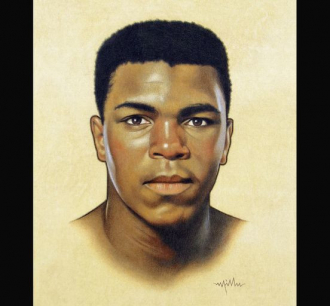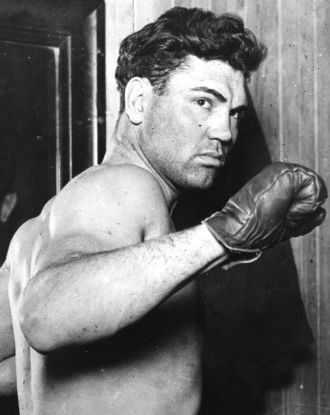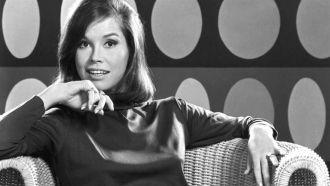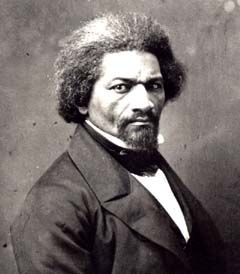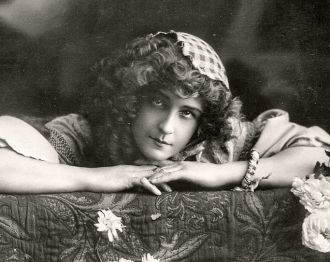Muhammad Ali vs the Supreme Court
"Float like a butterfly, sting like a bee." Muhammad Ali certainly did when he took on the U.S. Supreme Court in 1971.
Muhammad Ali, born Cassius Marcellus Clay, Jr. on January 17th, 1942 is one of the most famous professional boxers of all time. Cassius Clay changed his name to Muhammad Ali after joining the Nation of Islam in 1964. In 1967, just a few years after the boxer won the World Heavyweight Championship, he refused to be drafted into the U.S. military, based on his religious beliefs and opposition to the Vietnam War.
Muhammad Ali, born Cassius Marcellus Clay, Jr. on January 17th, 1942 is one of the most famous professional boxers of all time. Cassius Clay changed his name to Muhammad Ali after joining the Nation of Islam in 1964. In 1967, just a few years after the boxer won the World Heavyweight Championship, he refused to be drafted into the U.S. military, based on his religious beliefs and opposition to the Vietnam War.
Date & Place:
in USA

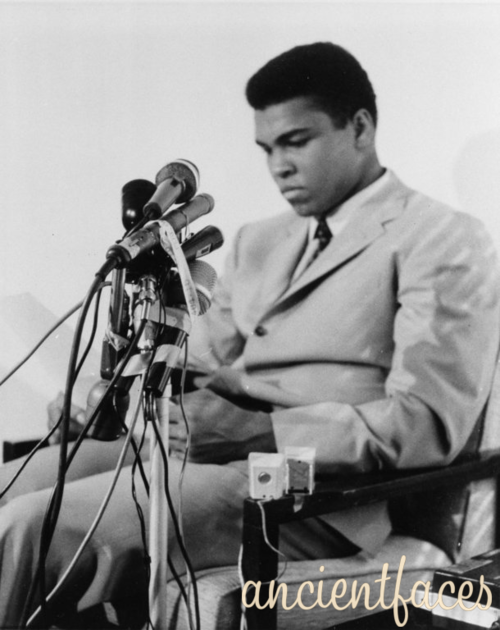
 Michelle Cassidy
Michelle Cassidy  AncientFaces
AncientFaces 
